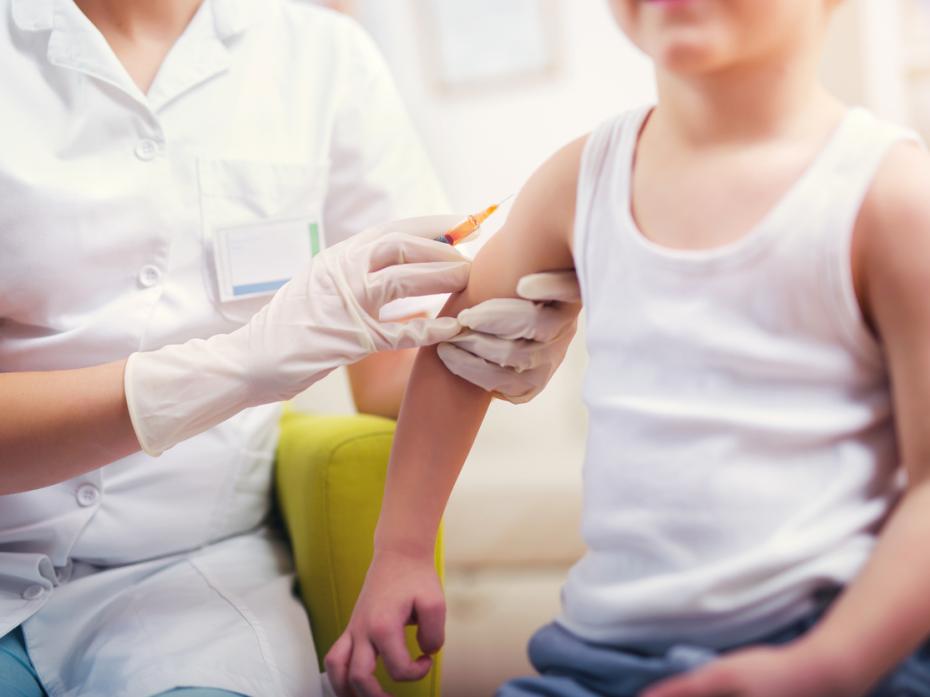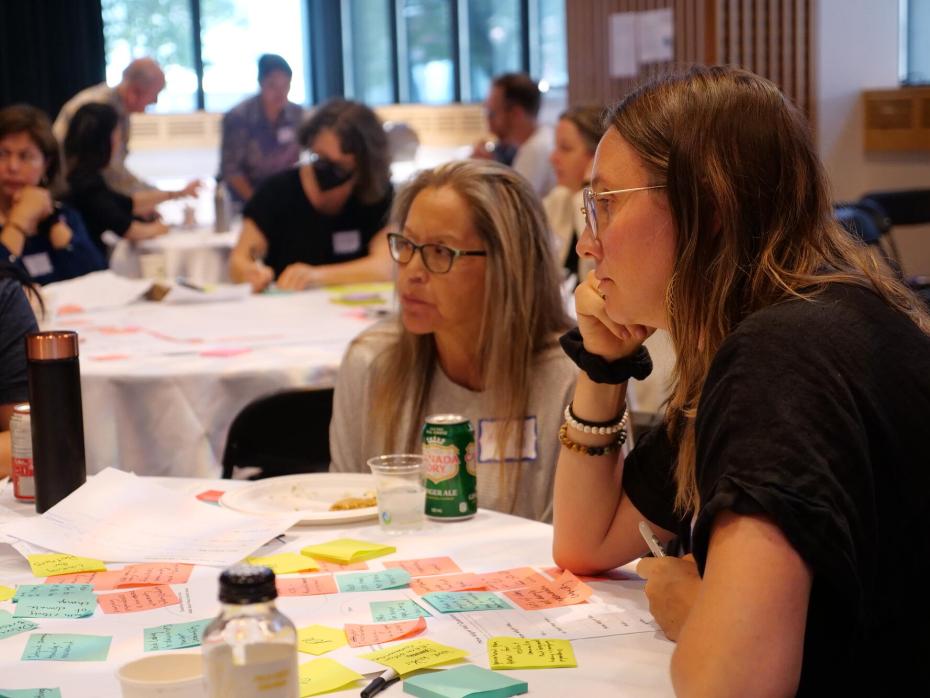
Knowledge exchange as a driver of better health outcomes

There is a clear and well-documented connection between poverty and poor health. It is only by bringing together experts in health, education, research and community mobilisation that complex health disparities can be tackled.
In Liverpool, public health teams, primary care providers, local communities, and partner organisations recognised this. Determined to take a fresh approach, they sought innovative strategies to improve health in some of Liverpool’s most underserved communities, with a focus on cancer screening and childhood immunisation uptake.
The Health Equity Liverpool Project (HELP) was influenced by projects involving Liverpool School of Tropical Medicine (LSTM) in the Global South and the institution’s extensive experience in co-producing localised solutions with communities, to address health inequities.
Wider lessons can be drawn from HELP in how universities can reach beyond institutional walls, working closely with local communities, public or private sector partners to make a difference in their city or region.
Commissioned by the Liverpool City Council Public Health Team, the project had local authority support, which helped the team introduce their initiative to nine primary care networks across the city. Primary care networks are groups of GP practices that work closely together, aligned to other health, mental health and social care services, providing integrated care to their local population. This buy-in across health services was critical to HELP’s early success.
Although all teams were committed to addressing health inequities, capacity constraints quickly surfaced as a key issue. It was essential for the primary care networks to understand that HELP would complement their existing work, rather than impose additional strain on resources.
- Spotlight guide: Why knowledge exchange is important for universities
- THE podcast: unlocking people power through citizen science
- Four ways universities can enhance their community impact
The HELP project team fostered this understanding through in-person meetings and discussions to map out primary care network (PCN) priorities and identify opportunities for alignment. In some cases, only two or three practices within the network actively participated in the project. The team worked with these groups to encourage network-wide engagement by providing updates, resources and assets at board meetings, as well as through public health and Integrated Care System (ICS) health inequalities forums.
The primary care networks that were invited to apply to form Community Innovation Teams (CITs) were at different stages of development, with varied skills, community connections, funding and experience in delivering short-term, high-intensity projects. As funding and resource squeezes are likely to continue, it is important that knowledge exchange projects like HELP can demonstrate their worth. Universities are ideally placed to evaluate and evidence their impact, conduct monitoring and evaluation, and identify research funding to sustain community-led intervention projects.
Ultimately, four of the nine primary care networks successfully formed CITs. These teams brought together individuals from diverse areas including the NHS, public health, community organisations, volunteers, housing associations, charities and primary care networks, all of whom were experts in their respective fields. Building strong relationships was crucial to the development of the CITs, as it is to any knowledge exchange project. Each team embarked on a collective capacity-building journey, receiving technical training from LSTM and Capacity Development International (CDI). They were supported in data analysis, developing clearly defined problem statements and conducting root cause analyses. Root causes that were within the control of the teams were addressed through co-development of community-led interventions.
Data-informed planning
The first vital step was for the PCNs and community partners (voluntary and community sector organisations) to re-examine their health equity focus through a fresh lens. This involved open discussions where all stakeholders, local volunteers, individuals and neighbourhood groups came together to collectively shape the focus, ensuring it was grounded in true community partnership.
The teams were encouraged not to rely solely on their prior professional experience but to align their existing knowledge with the insights revealed by primary care and public health data. One of the most significant challenges involved supporting teams, who were already well-versed in community health education and promotion, to analyse and interpret data effectively. By combining data with local community insights, they were able to develop tailored, localised solutions to address health inequities.
Project management
To assist these efforts, teams were equipped with a comprehensive set of project management tools, which they could either adopt or adapt to suit their needs. These tools allowed the teams to record, measure, evaluate and report on the interventions and outcomes they delivered. Bi-weekly meetings, coaching and technical training workshops provided ongoing support for project implementation.
Understanding community needs
The next phase involved gathering community insights to deepen the CIT’s understanding of barriers to care. Working together, the teams reviewed validated survey tools and adapted the tools to their local context. They leveraged the trusted relationships they had established within the community to explore barriers to uptake in cervical and breast cancer screening, as well as childhood immunisation.
In workshops, teams discussed techniques for active listening, avoiding leading community conversations, and managing challenging situations. While they were aware of the sensitivities, particularly around childhood immunisation, the teams were eager to learn whether their perceptions of the issues aligned with those of the community.
Academic support
Throughout the project, the academic partners LSTM and CDI played a key role in creating opportunities and supporting community and health organisations in developing and adapting tools, resources, systems and information needed to amplify their messages based on community insights and GP practice data. The LSTM and CDI teams used their influence to advocate for the CITs, ensuring the project’s successes and assets were shared widely across various platforms, including radio, flyers, YouTube videos, poetry, social media, school coffee mornings, community roadshows, critical thinking workshops, and more.
Next steps include supporting the teams to sustain their work by identifying funding opportunities and, where possible, expanding their reach.
The project has been a success, showcasing the benefits of this approach across the city-region. It has secured follow-up funding from the Arts and Humanities Research Council to expand, in collaboration with universities, arts and community organisations and health providers, to co-develop creative health, community-led interventions to address health inequity. It is shortlisted for THE Awards Knowledge Exchange/Transfer Initiative of the Year, alongside other local and international awards, and commended by UK Health Security Agency chief executive Jenny Harries.
A proven community health model
Our work demonstrates how a model taken from community health approaches in Kenya and adapted to improve Covid immunisation uptake in the poorest areas of Liverpool can be further adapted and scaled up to address priority health equity gaps in cancer screening and childhood immunisation uptake.
The principles of collaborative community-led work, of sharing resources and not duplicating efforts have been core to creating a model for joint working and building resilience in the system. The approach remains rooted in data analysis and use alongside work to understand community behaviours, encouraging local solutions to local problems. Universities are well placed with resources and expertise to be a key driver in such projects.
Amina Ismail is a senior community mobiliser and Vicki Doyle is co-director Capacity Development International and honorary lecturer, both at Liverpool School of Tropical Medicine.
Liverpool School of Tropical Medicine is shortlisted for Knowledge Exchange/Transfer Initiative of the Year at the Times Higher Education Awards 2024 #THEAwards. A full list of shortlisted candidates can be found here.
If you would like advice and insight from academics and university staff delivered direct to your inbox each week, sign up for the Campus newsletter.


